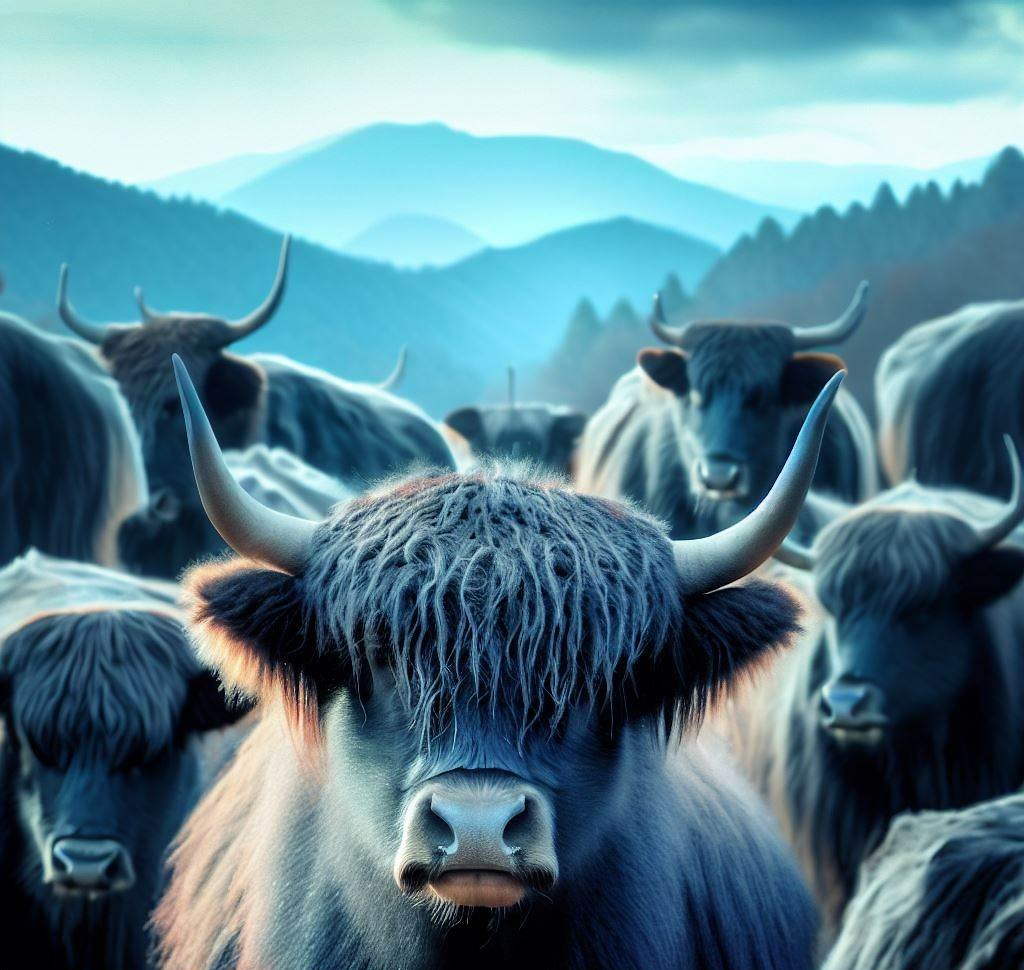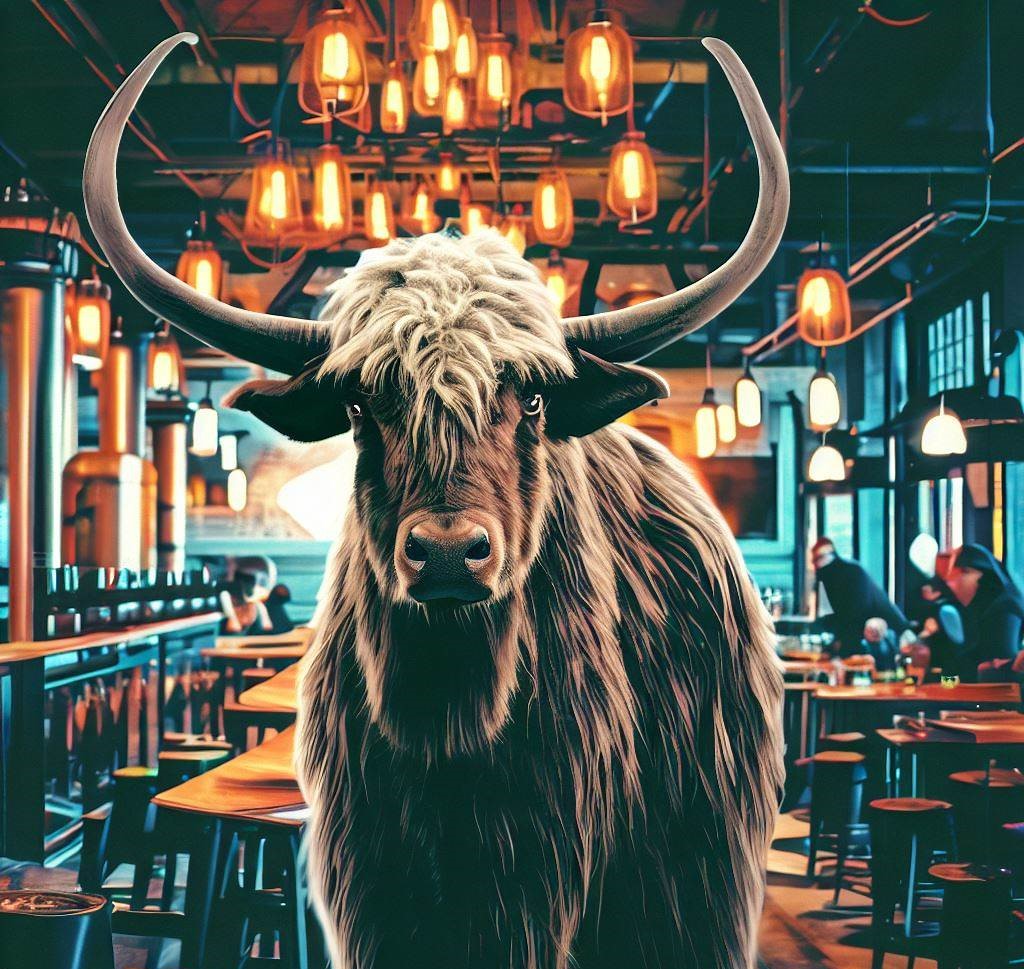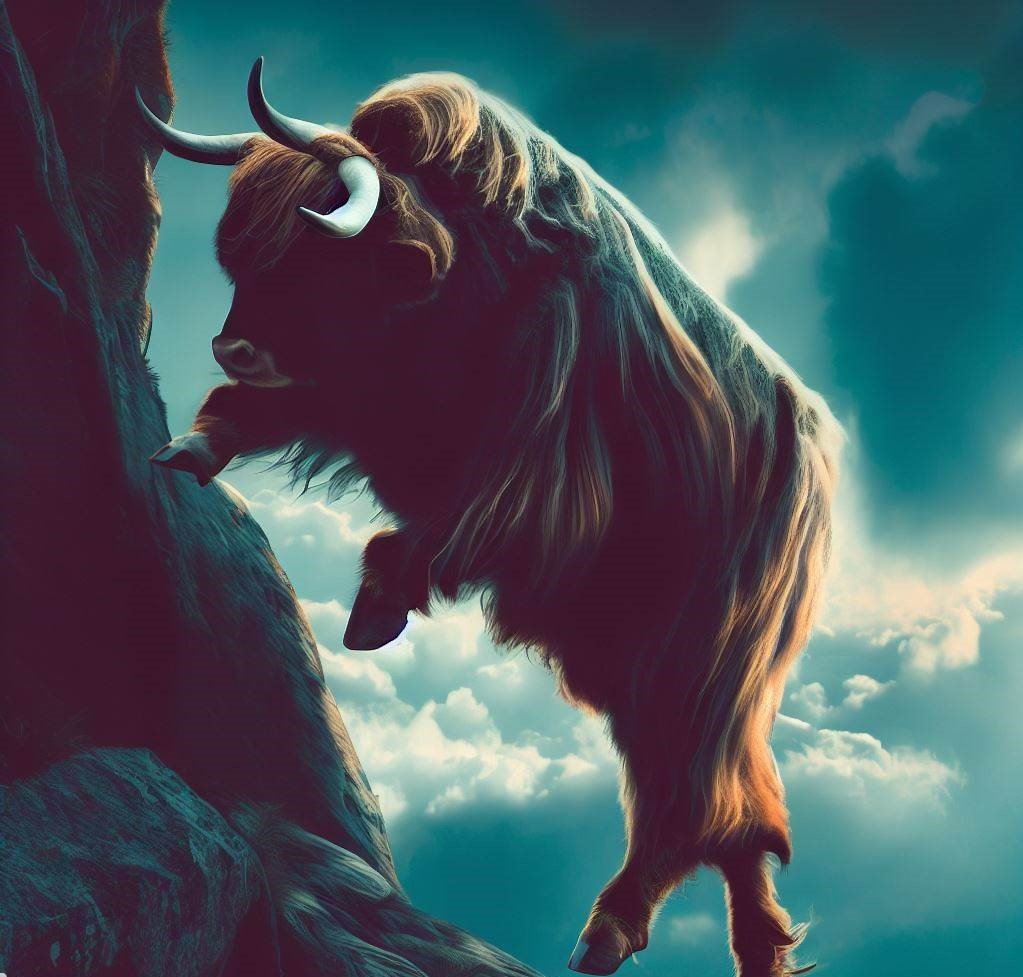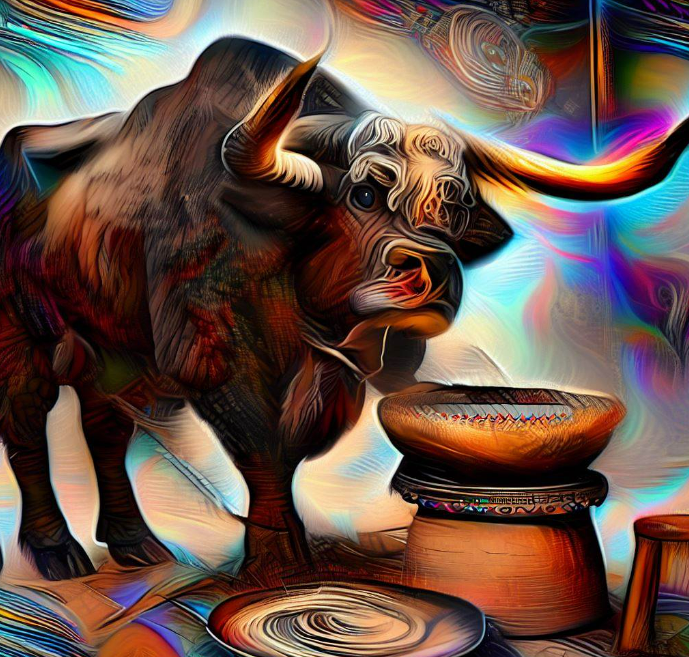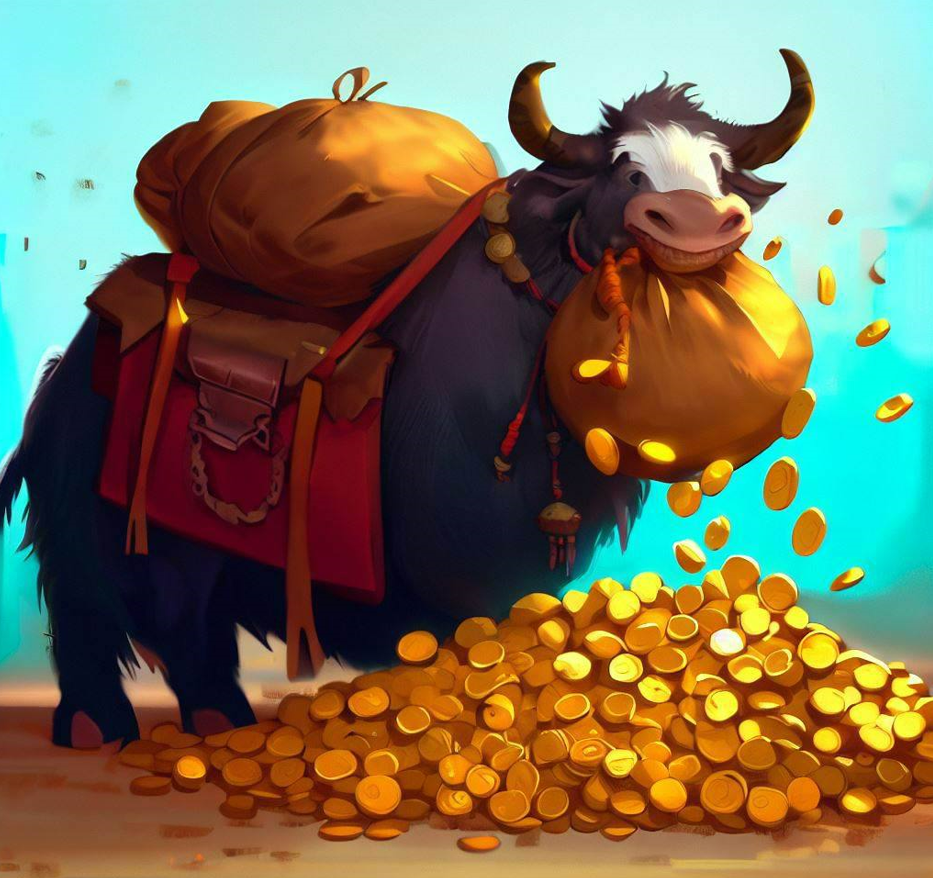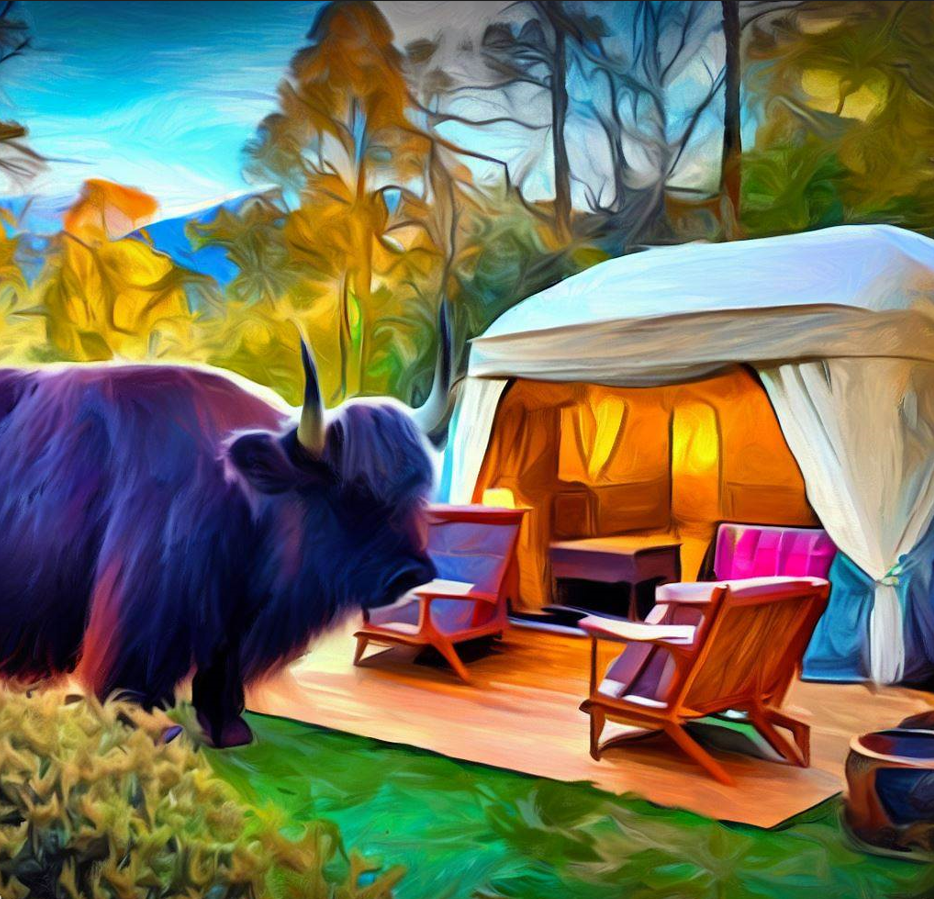Welcome to the ultimate guide to yaks, the fascinating animals of the Himalayas. In this blog post, we will dive into the world of yaks, exploring their unique characteristics, and fun facts, and answering common questions. Get ready to be amazed by these majestic creatures that have become synonymous with high-altitude regions and capture the imagination of adventurers and nature enthusiasts worldwide.
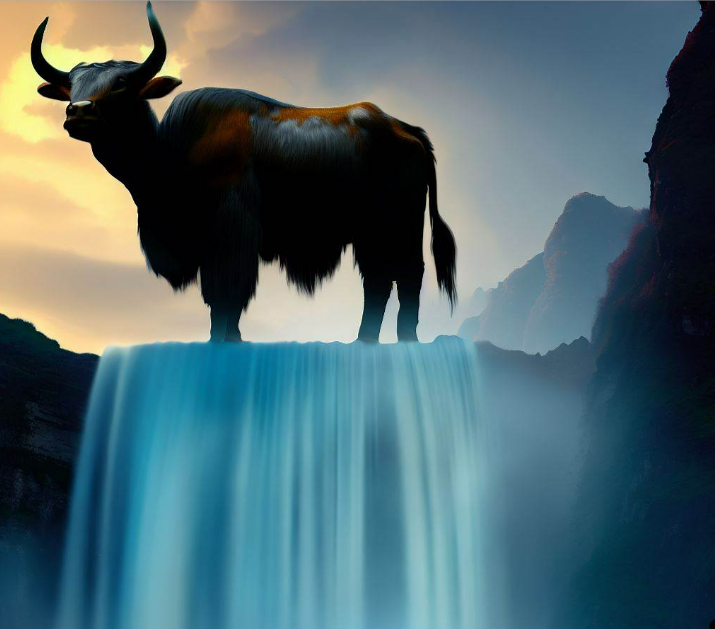
Fun Facts About Yaks
Let’s kick things off with some intriguing facts about yaks that highlight their incredible adaptations and captivating qualities:
- Ancient Origins: Yaks (Bos grunniens) have a rich history, dating back thousands of years. They are native to the Himalayan region and are believed to have been domesticated by ancient Tibetan cultures.
- Hardy High-Altitude Dwellers: Yaks are well-suited for life in the mountains. They possess a unique respiratory system that allows them to thrive in thin air and harsh climates, making them ideal companions for herders and travelers in rugged terrains.
- Majestic Physical Appearance: Yaks are characterized by their robust build, shaggy long hair, and iconic curved horns. Their dense, woolly coats provide insulation against the extreme cold, protecting them from freezing temperatures.
- Strength and Endurance: Yaks are powerful animals capable of carrying heavy loads over long distances. Their sturdy physique, strong legs, and surefootedness make them reliable partners for transporting goods and navigating treacherous terrains.
- Milk and Meat Providers: Yaks are not only pack animals but also a valuable source of sustenance for Himalayan communities. Their milk is highly nutritious and used to produce dairy products like butter, cheese, and yogurt. Additionally, their meat is consumed, providing essential protein in these remote regions.
- Social Hierarchy: Yaks have a hierarchical social structure within their herds. A dominant female, known as the “nanny,” leads the group. The nanny decides the herd’s movement, and other members follow her lead.
- Milk Variations: Yak milk differs from that of other domesticated animals. It has a higher fat content, making it more suitable for processing into butter and cheese. Yak milk also contains more protein and is rich in nutrients, making it a valuable source of sustenance.
- Fiber for Warmth: The yak’s woolly coat not only provides insulation against the cold but also serves as a valuable resource. Yak fiber, known as “yak down,” is incredibly warm, lightweight, and soft. It is used to make luxurious garments and accessories.
- Climbing Abilities: Yaks are adept climbers and can navigate steep and rocky terrains with ease. Their strong hooves provide them with excellent traction, allowing them to scale high mountain passes and traverse challenging landscapes.
- Environmental Impact: Yaks’ grazing habits contribute to maintaining the delicate balance of alpine ecosystems. Their selective grazing helps control vegetation growth and prevents the dominance of certain plant species, promoting biodiversity.
- Oxygen-Carrying Capacity: Yaks have adapted to high-altitude environments remarkably well. Their blood contains a higher number of red blood cells, enabling efficient oxygen transportation throughout their bodies, even in thin air.
- Dung as Fuel: In areas where wood is scarce, yak dung serves as an essential source of fuel for heating and cooking purposes. Dried yak dung is collected and used as an eco-friendly alternative to firewood.
- Yak Racing: In some regions of the world, particularly Mongolia, yak racing is a traditional sport. Similar to horse racing, skilled jockeys ride yaks to compete in thrilling races, showcasing the animals’ strength and agility.
- Cultural Symbolism: Yaks hold significant cultural and religious symbolism in Himalayan societies. They are often revered as sacred animals and are integral to religious rituals, festivals, and nomadic traditions.
- Adaptation to Cold Water: Yaks have the remarkable ability to withstand extremely cold water temperatures. They can graze and wade in freezing rivers and lakes, thanks to their thick wool and well-insulated bodies.
Yak Facts
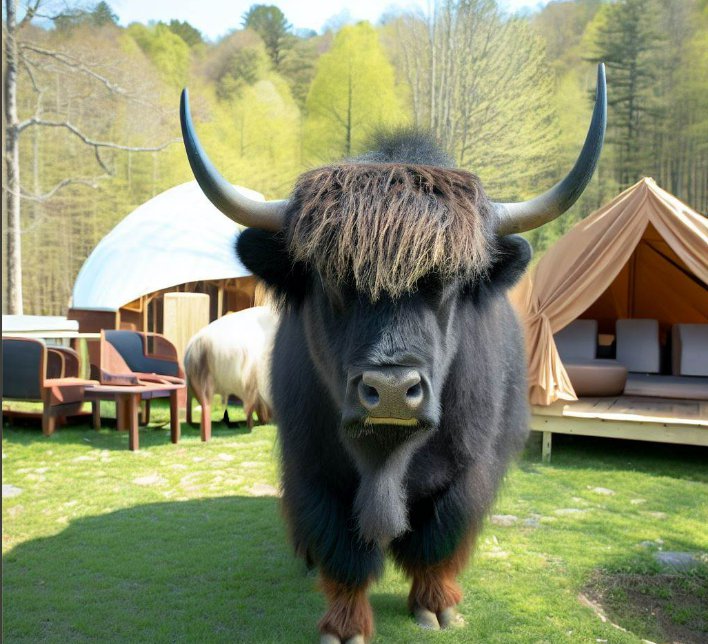
Let’s address some common questions about yaks and shed light on their intriguing characteristics:
Q: What is the difference between yaks and their close relatives, cattle?
A: Yaks are adapted to high-altitude environments, possessing unique features such as a larger lung capacity, a more robust physique, and a thicker woolly coat compared to cattle. They also have a different number of chromosomes, distinguishing them as a separate species.
Q: Do yaks have any social behaviors or herding patterns?
A: Yaks exhibit a strong social structure and live in herds led by a dominant female. They communicate through various vocalizations, body language, and scent markings. Herds often graze together, providing protection against predators.
Q: Can yaks survive in climates other than high altitudes?
A: While yaks are primarily adapted to high-altitude environments, some domesticated yaks have been successfully introduced to lower altitudes in different parts of the world. However, they thrive best in cool and rugged mountainous regions.
Yak Conservation and Cultural Significance
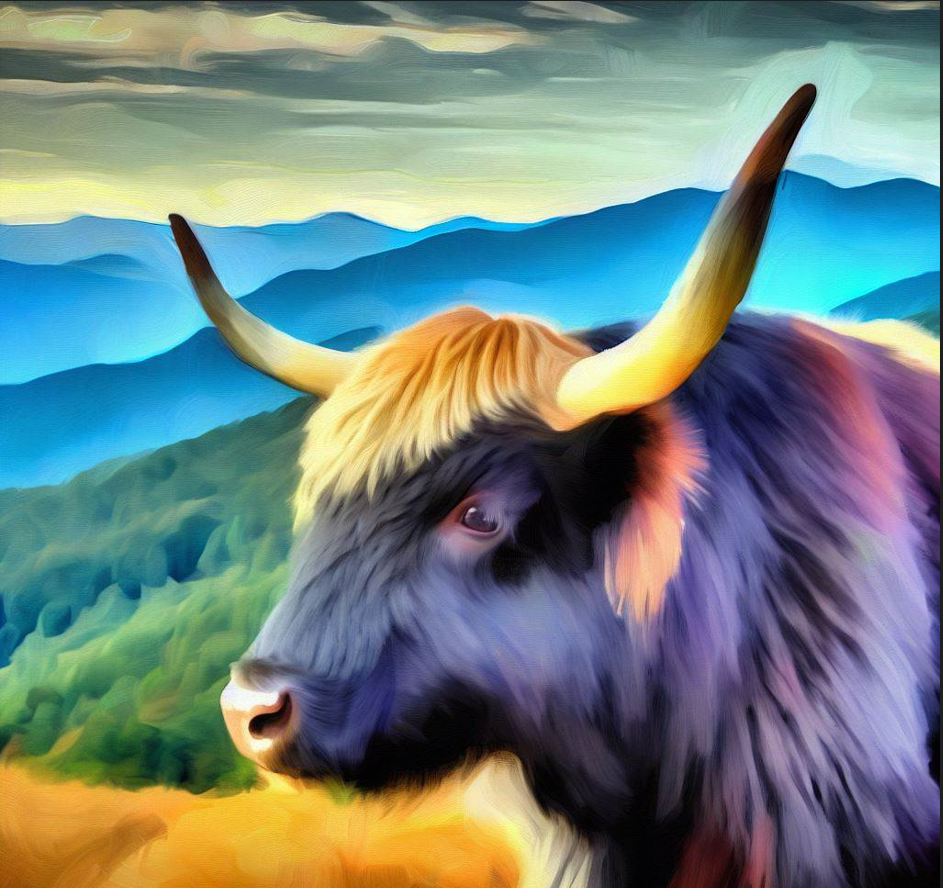
Yaks play a significant role in the culture, traditions, and economy of Himalayan communities. They are deeply valued for their contributions to livelihoods, providing transportation, milk, meat, and fiber for clothing and shelter. However, yaks face challenges such as habitat loss, climate change, and predation, which necessitate conservation efforts to protect these remarkable animals and the ecosystems they inhabit.
Yaks are truly remarkable creatures, embodying the spirit of the majestic Himalayas. Their resilience, strength, and unique adaptations make them an integral part of the cultural and ecological landscape of the region. From their enduring endurance to their valuable contributions to local communities, yaks have rightfully earned their place in the hearts of people

